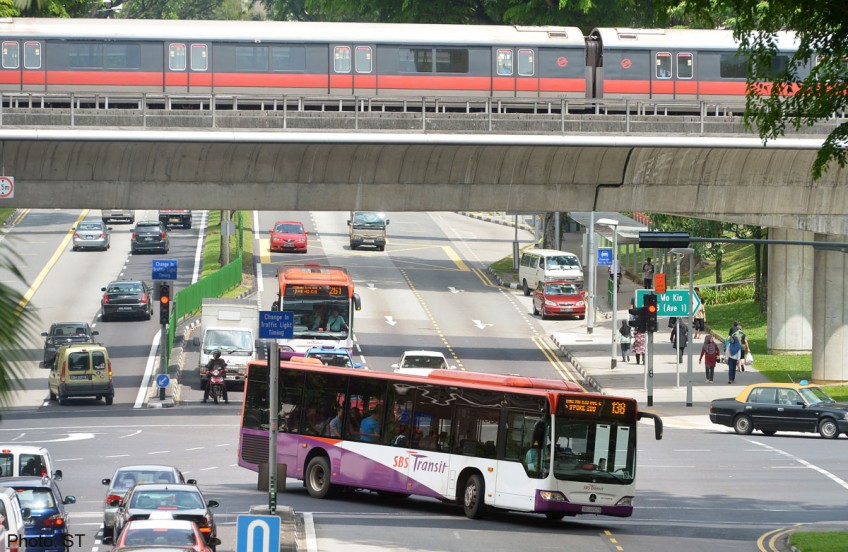Lot more to do to get system back in shape

The headline-grabber in this year's budget debate on transport must be the doubling of the nascent state-owned bus fleet.
By 2017, Singapore will have 1,000 tax-funded buses that will boost the public fleet by 35 per cent to 5,400 - all within five years of the Government doling out the first subsidy of its kind.
This went down fairly smoothly, even as Nominated MP R. Dhinakaran echoed concerns that "infusion of public funds into a private operator" can lead to misconception.
As for the MRT, the air time the House devoted to it proved long and weighty, even if nothing really new was announced.
Transport Minister Lui Tuck Yew went over rail expansion plans that will see the network double in length to 360km by 2030.
On the current network, he repeated announcements made three years ago that more trains will be added: 13 for the North-South and East-West lines (NSEWL) this year; and 42 for the North-East Line (NEL) and Circle Line next year.
While the plans are comforting, there is no getting away from reliability issues that commuters live with now. Indeed, breakdowns, delays and service degradation have soured MRT commuters, going by results of the 2013 Public Transport Customer Satisfaction Survey.
It found that train satisfaction had dropped to its lowest level since the first poll started in 2006.
MPs Seng Han Thong, Lily Neo and Lee Bee Wah were among those who asked about rail reliability.
On that front, Minister Lui spent some time telling the house that things are improving, again going over familiar statistics showing that delays and disruptions have come down since 2011. He assured MPs that things will get even better.
He noted that while the rate of trains withdrawn for mechanical faults has halved in the last three years, "we can do much better".
The target he set? To reduce withdrawal on the oldest NSEWL by another 20 per cent this year to 1.8 per 100,000km operated. And by 2016, to go below 2008's 1.5.
Again, he went over plans to improve the system's infrastructure, such as replacing rail sleepers, the power-supplying "third rail", and the signalling system on the NSEWL. All these will be done by around 2018.
What he did not mention were plans to fix the newer lines. The infant Circle Line's power cables have just been replaced; and bolts and counterweight cables holding the power lines in place on the 10-year-old NEL are also being progressively replaced; and the authorities are investigating at least two breakdowns on Downtown Line 1, which is barely six months old.
In short, there is a lot of work to be done to get the system back in shape; and Mr Lui admits it will be "a lengthy and painstaking journey".
But if there is hope that all the resources put into making things right will bear fruit, it lies with how New York City has turned its subway around in recent years.
In the 1980s, the NYC subway experienced one delay (of five minutes or more) for every 11,000 car-km operated. Today, its average is one in 250,000 car-km - an improvement of over 2,000 per cent.
Mr Lui said Singapore's 2013 figure of one delay per 456,000 car-km was "considerably better" than New York's, pointing out a wrong comparison The Straits Times made that showed the contrary.
We stand corrected. But perhaps comparing against a system that is four times older than Singapore's was not the best thing to do in the first place.
Singapore should benchmark itself against newer, better metros. According to the CoMET/Nova ranking of 29 metros around the world, Asian systems (the youngest) as a group performed the best, followed by American and then European (oldest).
While Singapore ranks 10th among the 29, it is near the bottom of the pile among the Asian systems, some of which incur just one delay in more than 2 million car-km.

Get a copy of The Straits Times or go to straitstimes.com for more stories.